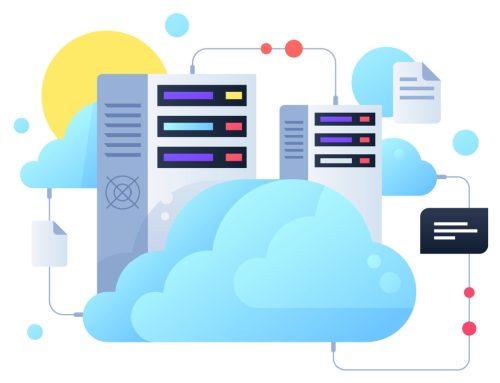Digital transformation can change the way a business operates and find and deliver value in new areas. The technologies and business imperatives that force higher and lower level operators to perform everyday practicalities in a certain way can be transformed, resulting in innovation and change for the better.
Today’s businesses are data-driven, edge-centric and cloud-enabled, giving rise to immense capability. But the old way of doing things is holding many businesses back. Digital transformation is business transformation, except it is more closely entwined with technology and digital, and as such, it is more capable of responding more quickly to change to meet the needs of the business, CIOs and IT.
The need to keep up with the competition, find value in stagnant areas of business and meet the demands of users is fuelling a rise in the number of enterprises seeking out digital transformation. Areas of interest include the cloud and storage, with savvy businesses also looking toward the edge to find real value in transformation.
Value at the edge
The way in which data and value is being created is changing, with a marked shift away from centralisation as we have seen with data warehouses and the cloud.
Increasingly, value is being sought and created at the enterprise’s edge, where high-value data can be stored, accessed and used more efficiently.
This philosophy is disrupting the four walls of hyperscale data environments. It is giving enterprises back control over data and enabling them to find value in exciting new areas. It is also enabling the IoT, by reducing latency between devices and data.
For example, a car manufacturer can collect and store driver and vehicle data on localised servers, collected in geographical locations.
This can then influence the data presented to the driver based on their location. This new platform could warn drivers about severe weather, based on real information. The information would be delivered fast, because the data is shared from the edge, not from a centralised location.
If companies are to meet time-to-market goals and find value in their IT, digital transformation is necessary and edge computing must form part of that. The edge is about moving computation closer to where data is generated – in other words, where it is most relevant, and by definition, most valuable and distributable. If such data is required for real-time decision making, it makes sense to reduce cost and latency with the edge.
The cloud is useful, but edge computing is too. To yield the full benefits of digital transformation, your plan needs to focus on how you use both. The optimisation or transformation of one area is not enough. This is necessary for your transformation plan to fundamentally change how you do business.





